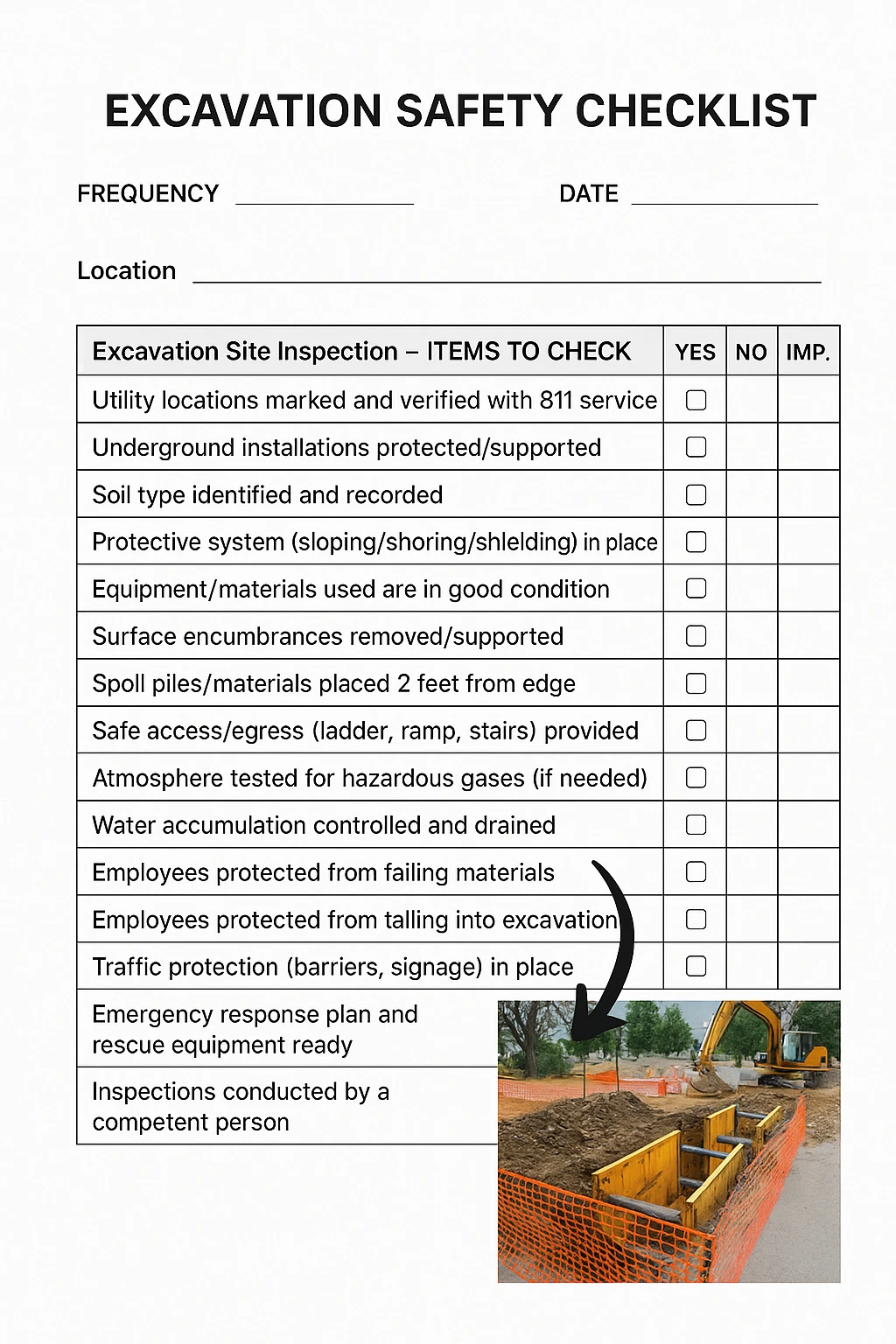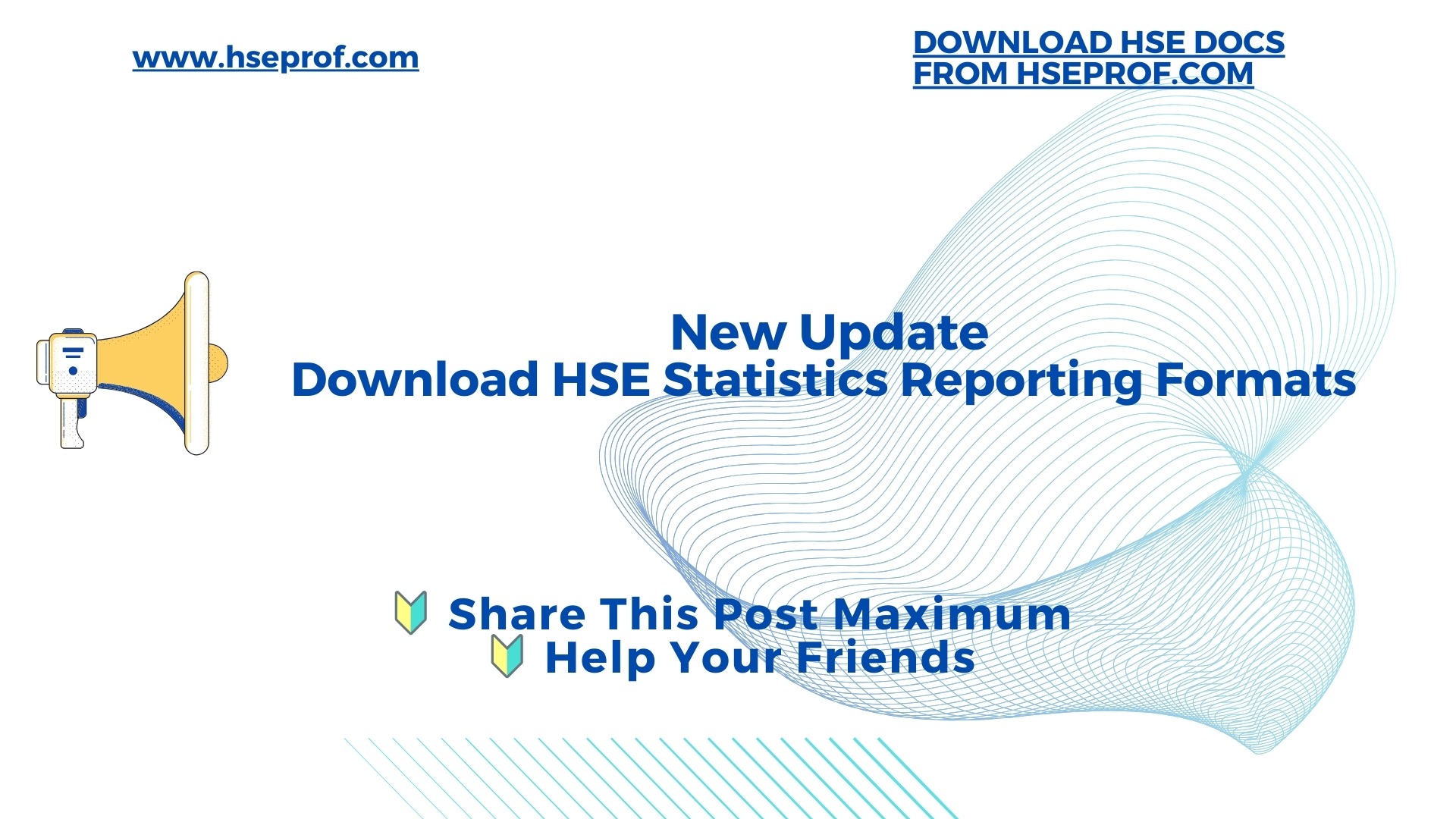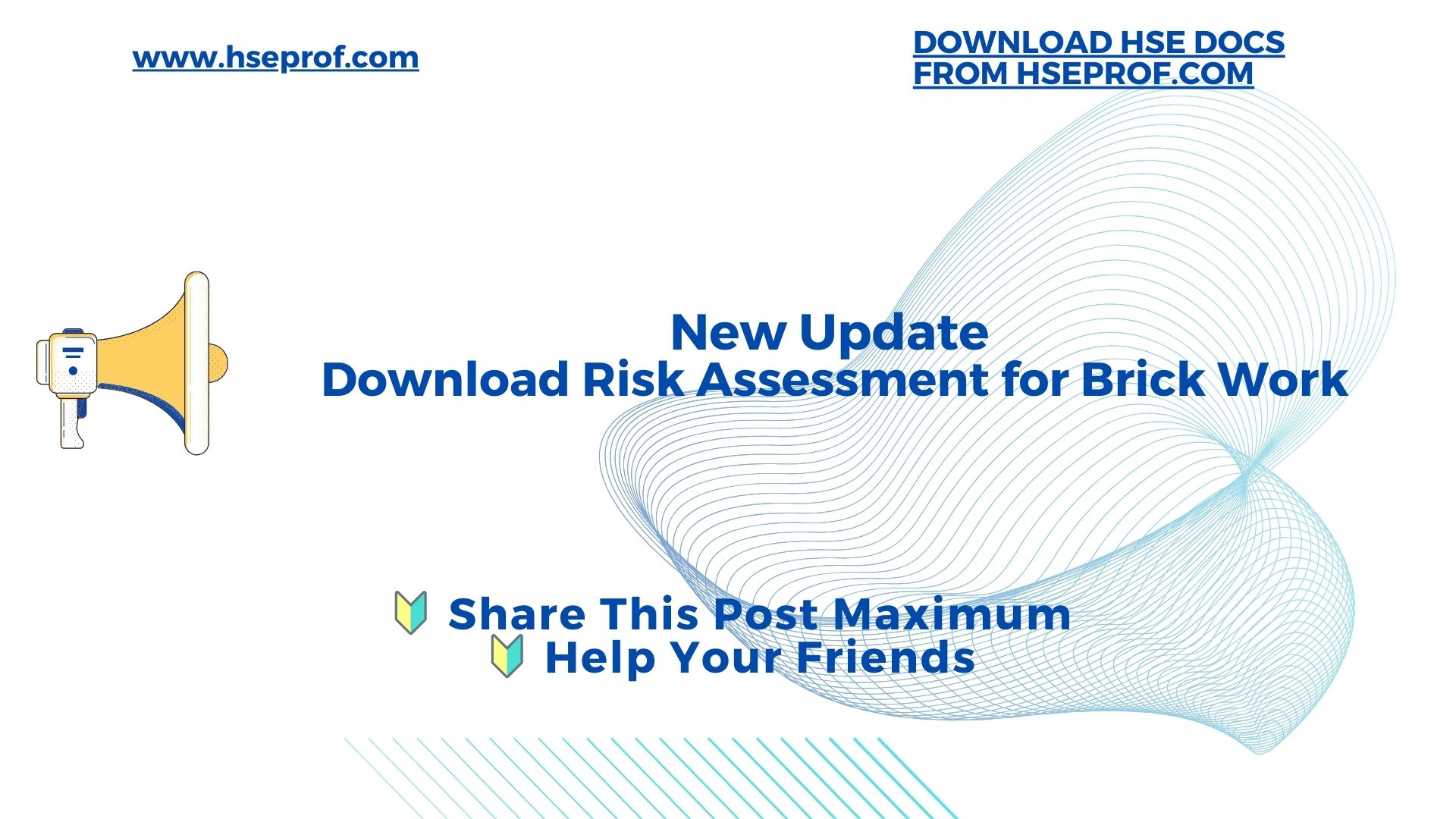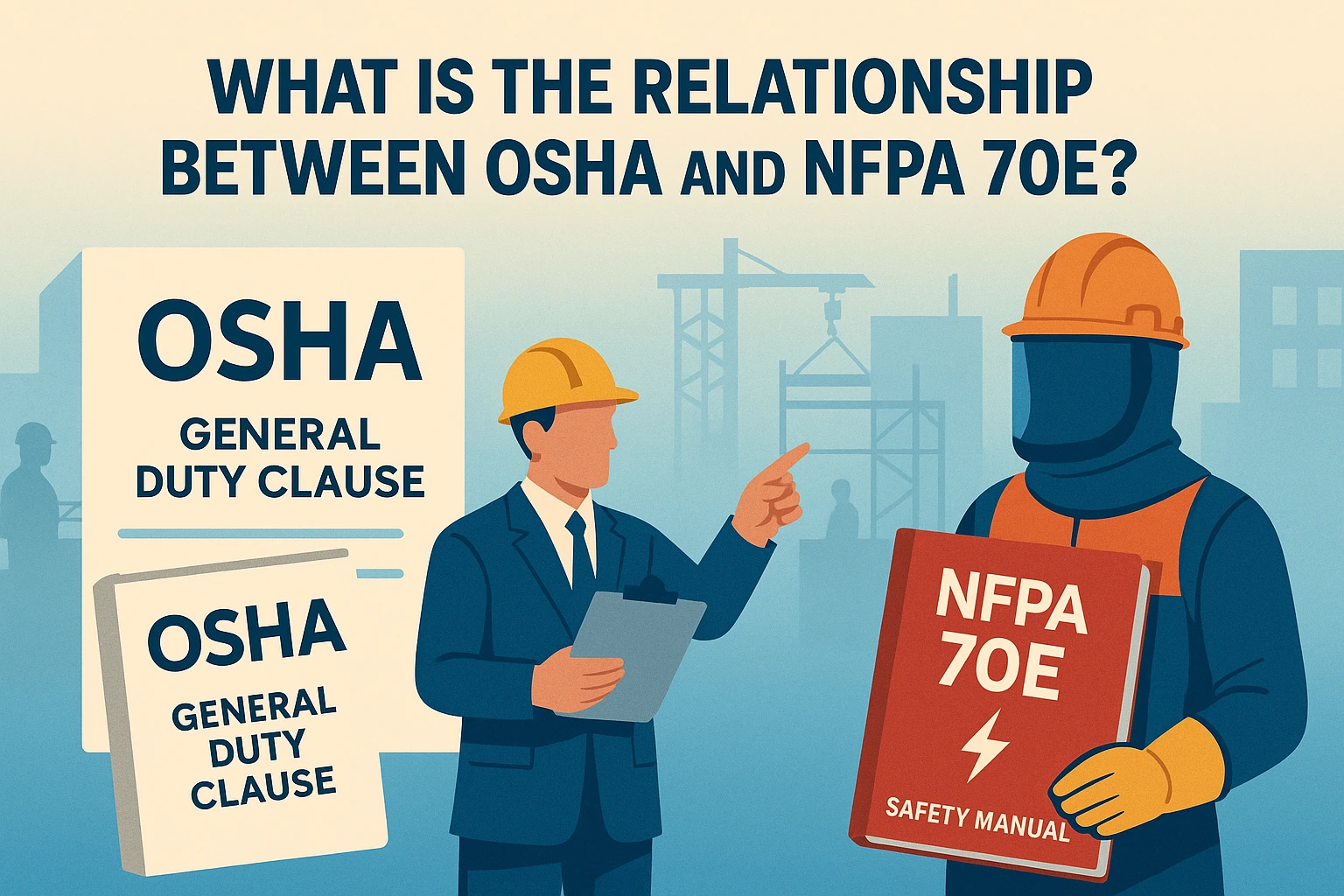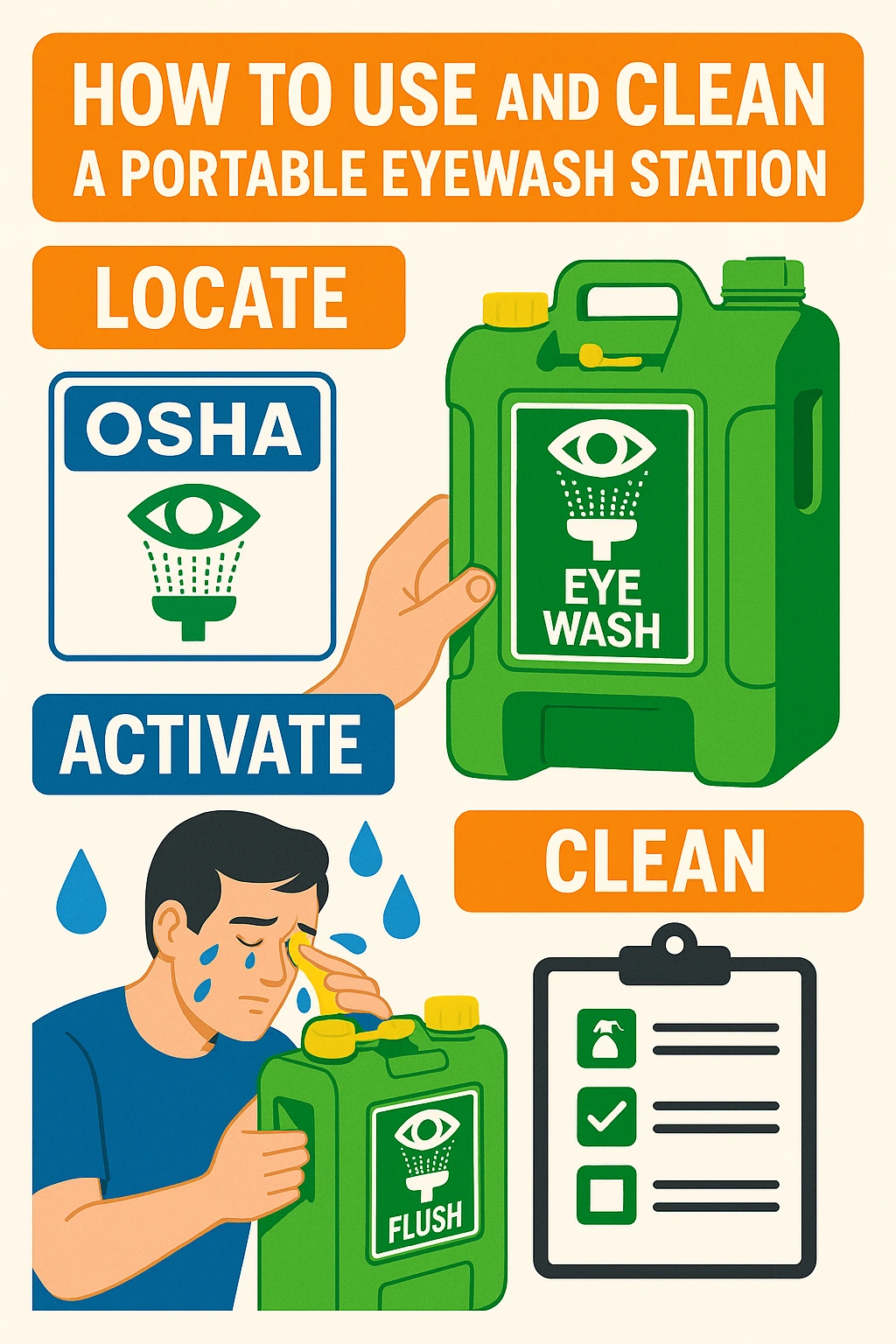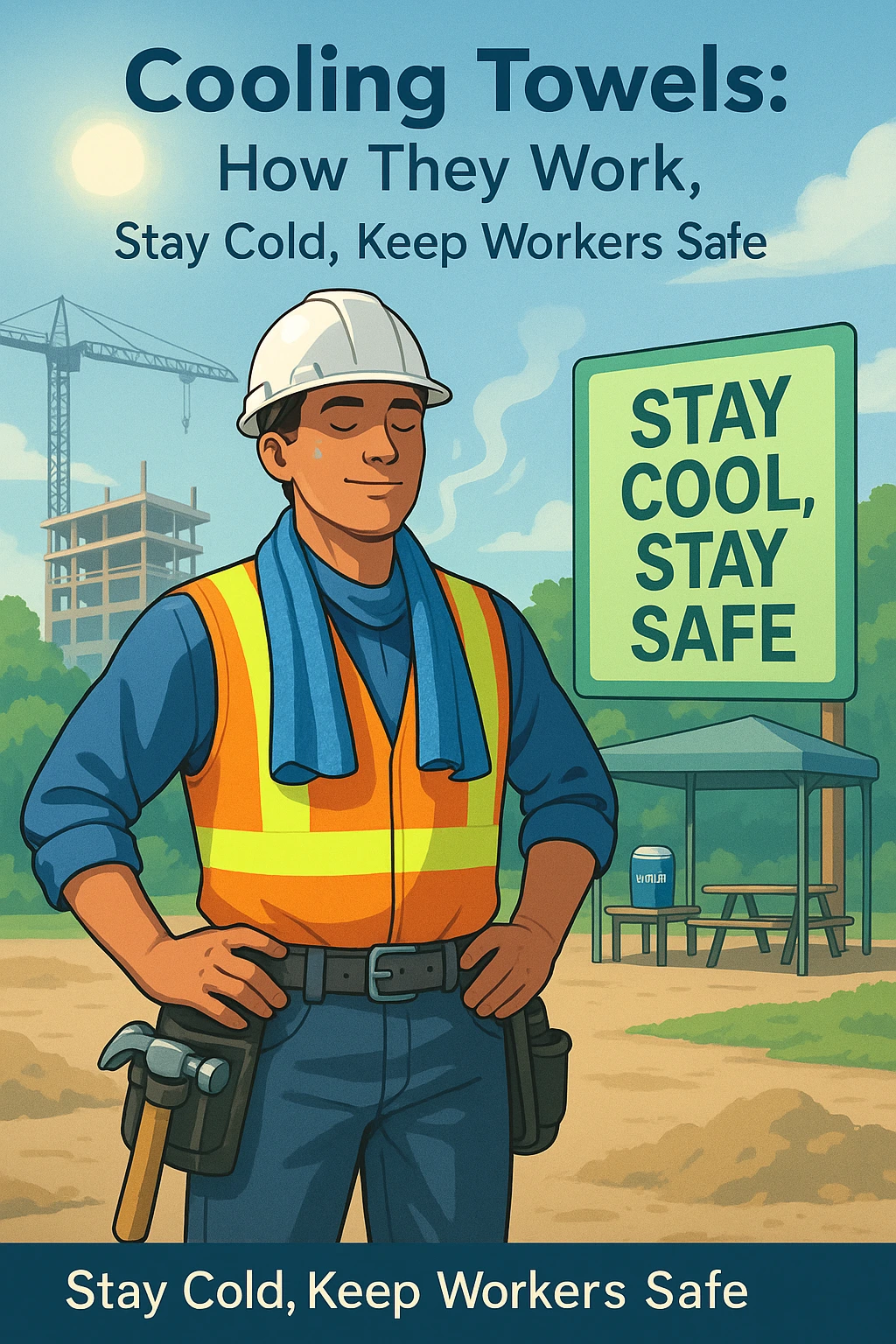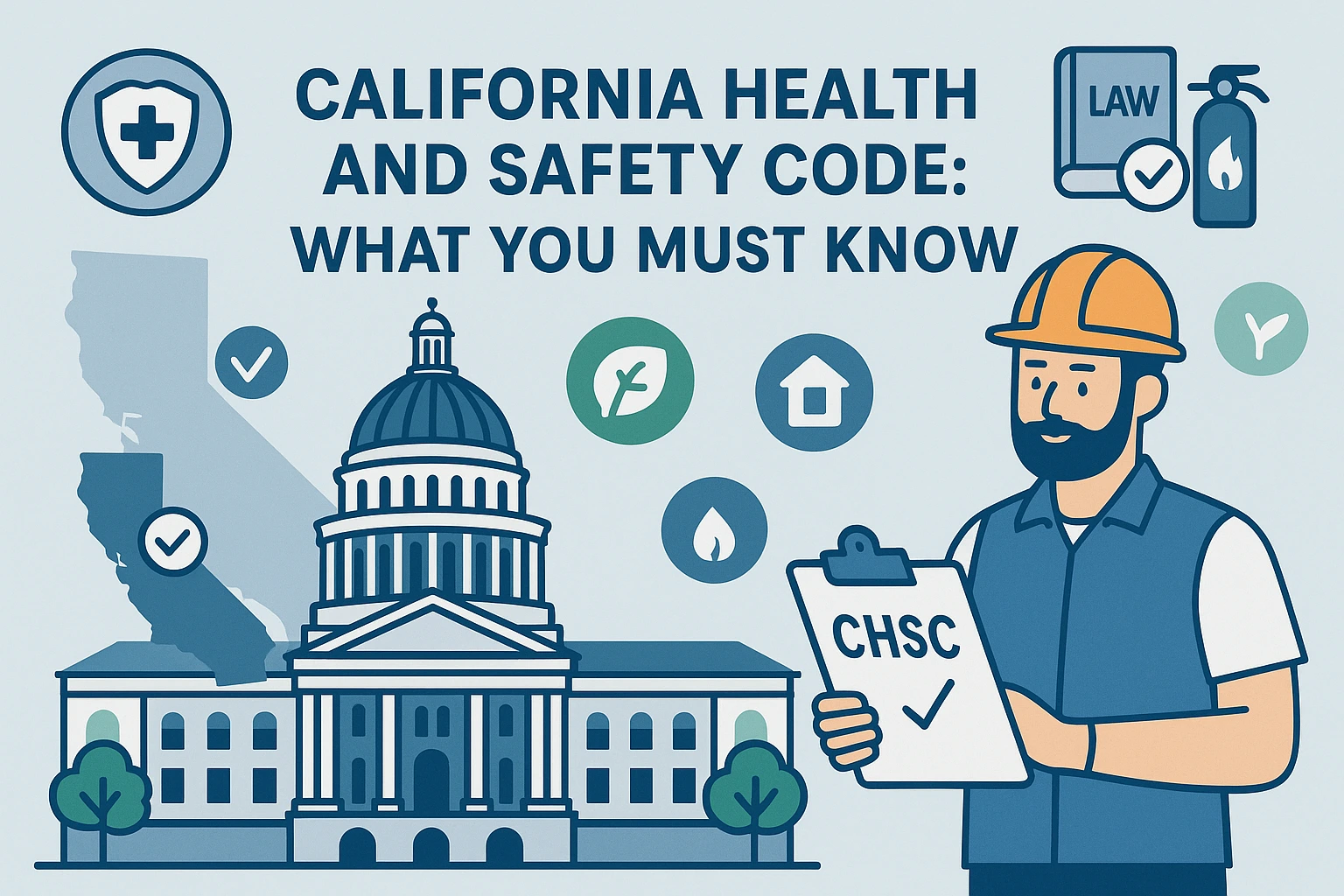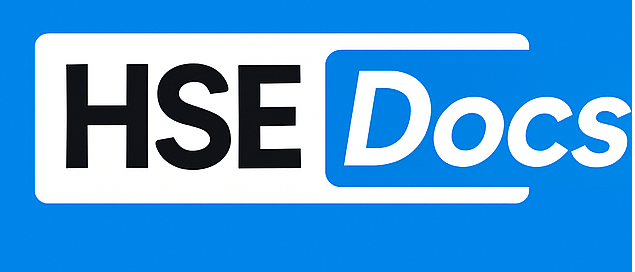What is a Risk Assessment for Cutting of Plates with Oxygen-Di Acetylene?
Risk Assessment for Cutting of Plates with Oxygen-Di Acetylene is a structured process used by safety officers and supervisors to identify hazards, assess risks, and implement controls when using oxy-acetylene cutting tools on steel plates. This assessment ensures compliance with OSHA, ANSI, ISO 45001, and GCC/UAE safety codes, reducing the likelihood of injuries and incidents.
This downloadable template from HSEProf.com provides a clear step-by-step guide for documenting hazards, control measures, and inspection requirements. Whether working in construction yards, shipbuilding, or oil and gas facilities, a thorough risk assessment is vital for worker safety and project compliance.
Why is a Risk Assessment for Cutting of Plates with Oxygen-Di Acetylene Necessary?
It’s necessary because oxygen-di acetylene cutting introduces high-risk hazards like fire, explosions, toxic fumes, and severe burns. Without a documented risk assessment, organizations may fail to control these hazards, leading to serious injuries or fatal accidents.
Performing a proper assessment helps you:
- Identify potential hazards such as gas leaks, flashbacks, and poor ventilation.
- Define control measures like fire blankets, spark arrestors, and proper PPE (e.g., face shields, flame-resistant clothing, gloves).
- Comply with regulatory frameworks like OSHA 29 CFR 1910 Subpart Q and EN ISO 5172 (Oxy-fuel equipment standards).
- Reduce insurance claims, downtime, and legal liabilities by proactively managing risks.
Example scenario: In a recent case at a fabrication yard in Dubai, an oxy-acetylene hose rupture caused a flash fire that injured two workers. A proper risk assessment would have mandated daily hose inspections and replacement, preventing the incident.
How Can You Download and Use the Risk Assessment for Cutting of Plates with Oxygen-Di Acetylene Template?
You can download the ready-to-use template from HSEDProf.com. The document is formatted in MS Word, allowing customization for your site-specific operations. It includes hazard categories, risk ratings, and recommended control measures.
To use the template effectively:
- Identify hazards: Include fire sources, flammable materials, confined spaces, and gas cylinder storage issues.
- Evaluate risks: Assess likelihood and severity, using a standard 5×5 risk matrix.
- Implement controls: Add engineering controls (ventilation), administrative controls (permit-to-work systems), and PPE requirements.
- Review regularly: Update the risk assessment before each new task or change in work conditions.
The template also provides space for assigning responsible persons, documenting emergency response procedures, and logging employee signatures
What Safety Standards Apply to Oxy-Acetylene Cutting?
The template aligns with the following international safety standards:
- OSHA 29 CFR 1910.252: Welding, Cutting, and Brazing Safety.
- ANSI Z49.1: Safety in Welding and Cutting.
- EN ISO 5172: Oxy-fuel Gas Welding Equipment Standards.
- UAE Fire and Life Safety Code: For cutting in construction projects.
- ISO 45001: Occupational Health and Safety Management Systems.
Following these standards ensures not only compliance but also a strong safety culture on-site.
What Are the Common Hazards and Controls Listed in the Template?
The Risk Assessment for Cutting of Plates with Oxygen-Di Acetylene template identifies hazards and corresponding controls:
| Hazard | Control Measures |
|---|---|
| Gas leaks from hoses and fittings | Daily inspection, leak tests with soapy water, immediate replacement of damaged parts |
| Fire from sparks and molten metal | Clear flammable materials, use fire blankets, keep extinguishers nearby |
| Explosion from cylinder mishandling | Store upright, secure cylinders, separate oxygen and acetylene by 20 ft |
| Fume inhalation | Use local exhaust ventilation or respirators in poorly ventilated areas |
| Burns from hot surfaces | Mandatory PPE: flame-resistant gloves, aprons, and face shields |
These controls are fully customizable based on site-specific needs and legal requirements.
Final tip: Train your workforce on how to use the risk assessment form during toolbox talks. A well-informed team is the best line of defense against accidents.
Ready to enhance safety in oxy-acetylene cutting tasks?

🔰 Share This Post Maximum

Privacy Policy for HSE Docs

Disclaimer
Contact Us
Managed by the LinkedIn HSE Professionals Page, this platform supports safety officers, auditors, and managers worldwide. With a network of 340,000+ professionals, we deliver expertly crafted HSE templates, checklists, and tools to help organizations meet OSHA, ISO, and GCC safety standards.


